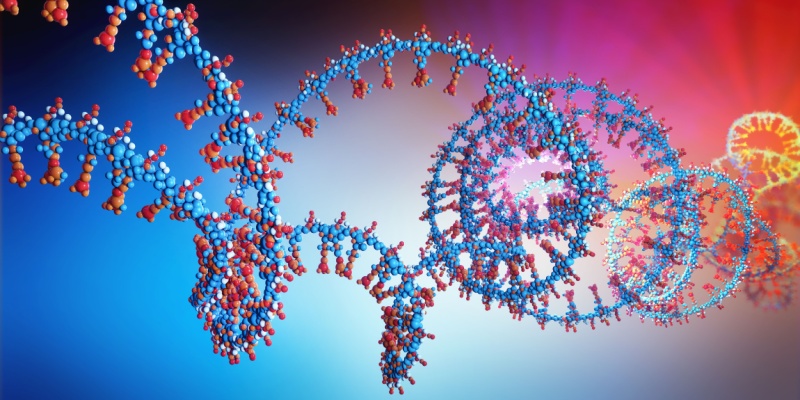
The combination of BCL2 inhibitor venetoclax and NL-101 (also known as EDE-S101) inhibited growth and promoted apoptosis of acute myeloid leukemia (AML) cell lines and primary AML cells, according to a poster presented at the 65th ASH Annual Meeting and Exposition.
Xia Jiang, of the Affiliated People’s Hospital of Ningbo University in China, and colleagues collected AML cell lines and primary patient samples to test the efficacy of venetoclax with NL-101, a novel small-molecule compound formed by covalently linking the DNA damage core group of bendamustine hydrochloride with the inhibition core group of histone deacetylase of the histone inhibitor vorinostat (SAHA).
Venetoclax alone and in combination with NL-101 inhibited growth of AML cells and primary cells “to a certain extent,” the researchers reported in their abstract. Used together, the two drugs synergistically induced apoptosis in AML cell lines and primary patient samples, downregulated the expression of pro-survival proteins in the BCL2 family, and upregulated the expression of pro-apoptotic proteins.
The researchers used the MV4-11-derived mouse model to test in vivo efficacy of the drug combination and found that the drug combination has the potential to treat AML by synergistically reducing tumor load and prolonging survival time in AML mice.
“These results suggest that venetoclax in combination with NL-101 is effective in the treatment of acute myeloid leukemia,” the researchers concluded.
Reference
Jiang X, Zhuang H, Li F, et al. Effect and mechanism of NL-101 combined with BCL-2 inhibitor venetoclax in acute myeloid leukemia. Abstract #2920. Presented at the 65th ASH Annual Meeting and Exposition; December 9-12, 2023; San Diego, California.






 © 2025 Mashup Media, LLC, a Formedics Property. All Rights Reserved.
© 2025 Mashup Media, LLC, a Formedics Property. All Rights Reserved.